I am definitively a newcomer when it comes to film photography. Apart from a few rolls taken with point-and-shoot cameras as a child, I was shooting only digital until I picked up a Rollei 35 T at a local photo fair in late 2022. As someone with only digital experience, I always felt a bit restrained by the relatively lower sensitivity of the available film stocks, especially with the zone focusing system of the Rollei. As a result, I started experimenting with pushing already with my second roll of film.
Recently, I acquired a Nikon FM2, my first SLR. The camera offers TTL metering up to ISO 6400, and shutter speeds up to 1/4000 second, so it came naturally to me, to test the camera with a roll of Kentmere PAN 400 pushed to ISO 3200 during a recent family visit in Veszprém, Hungary.
Therefore I took the Nikon with a Nikkor 50 mm f1.8 E series pancake lens along on a dog walk to explore a previously unknown part of the city. It was a rather cloudy day, so I did not encounter any real low-light situations. However, I appreciated the fast shutter speeds of the FM2. I tried to be mindful of my metering aiming for a slight overexposure according to the FM2’s internal meter.
Later on, after I had finished the roll, I took my chances and decided to develop the film at home. It felt a bit like gambling, as this was my second time developing film by myself, and my first time using stand development. After researching online, I went with 1+50 Rodinal for 1 hour, with 2 minutes of pre-wash, 1 minute of gentle agitation at the beginning, and an additional 30 seconds of agitation at the 30-minute mark.
Overall I am quite pleased with how the images turned out, both in terms of shooting and developing. I find it surprising, how well Kentmere 400 behaved when pushed 3 steps. I enjoy the added contrast that I miss when shooting it at box speed. In return, some of the frames turned out to be underexposed and missing a lot of shadow detail. In the case of the last picture, probably the reflection on the car window threw off the light meter (and myself), resulting in a dark image.
Pushing Kentmere 3 stops turned out to be a really fun experience for me. I definitively plan to do it again, and perhaps test its limits in low light conditions as well.
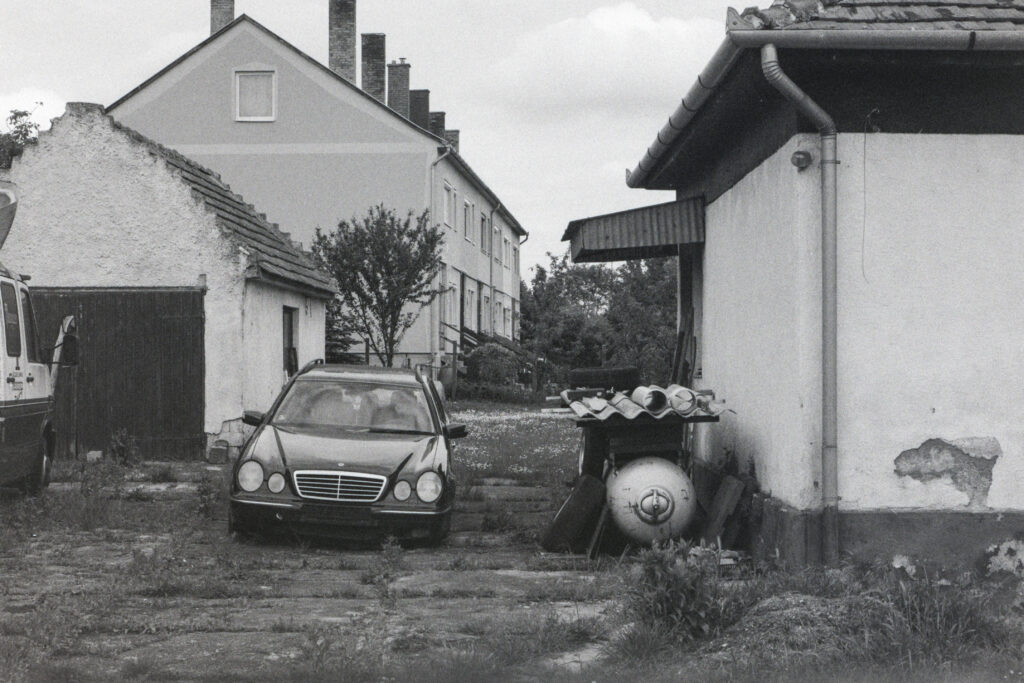
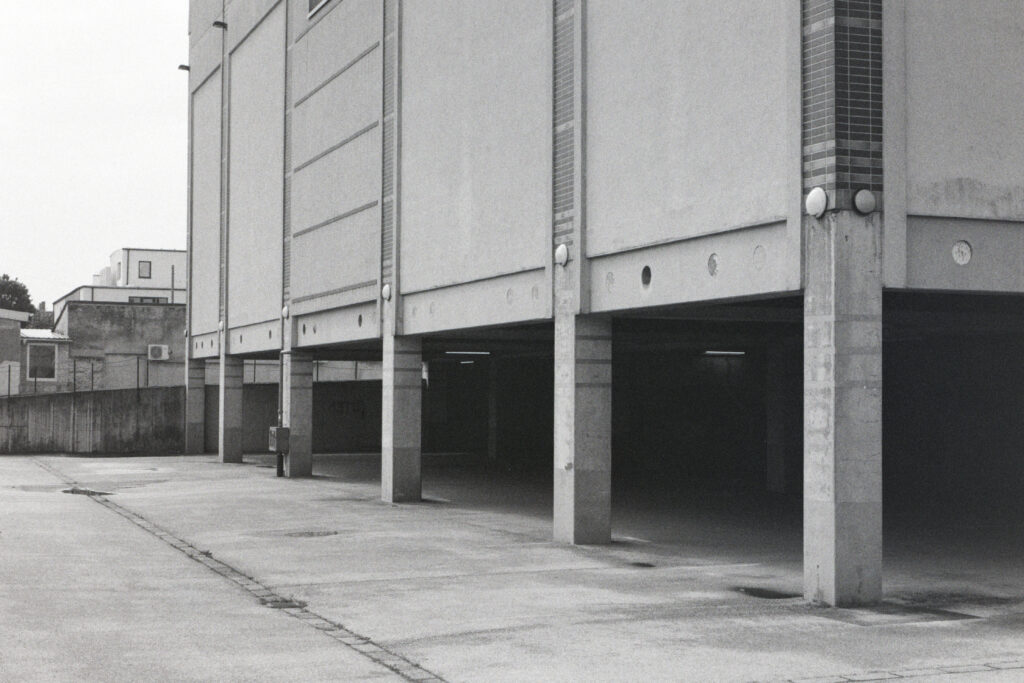
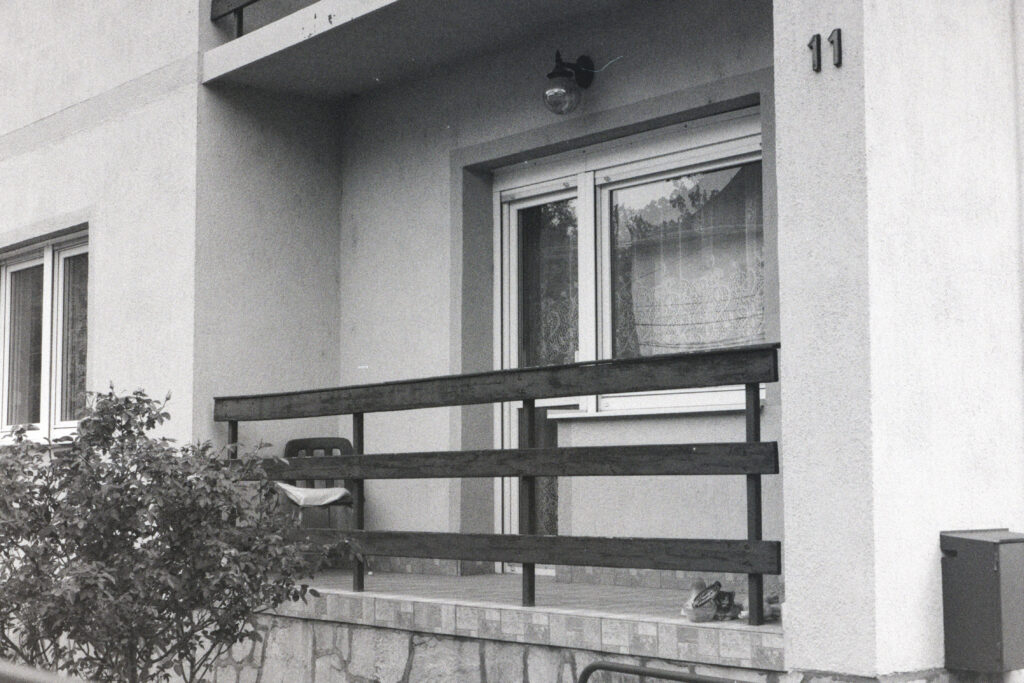
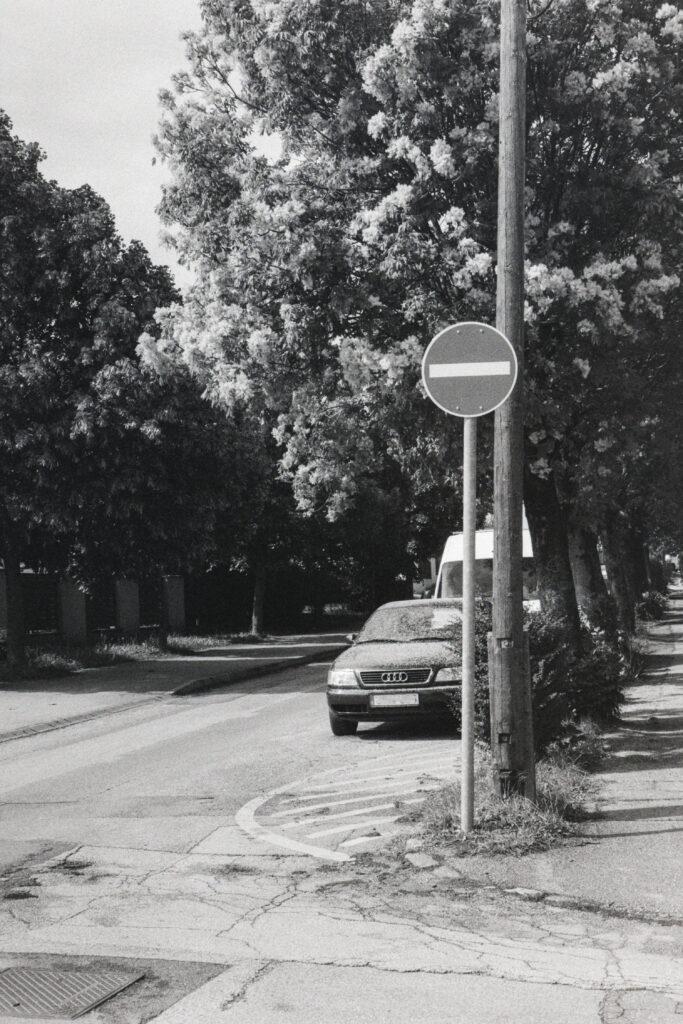
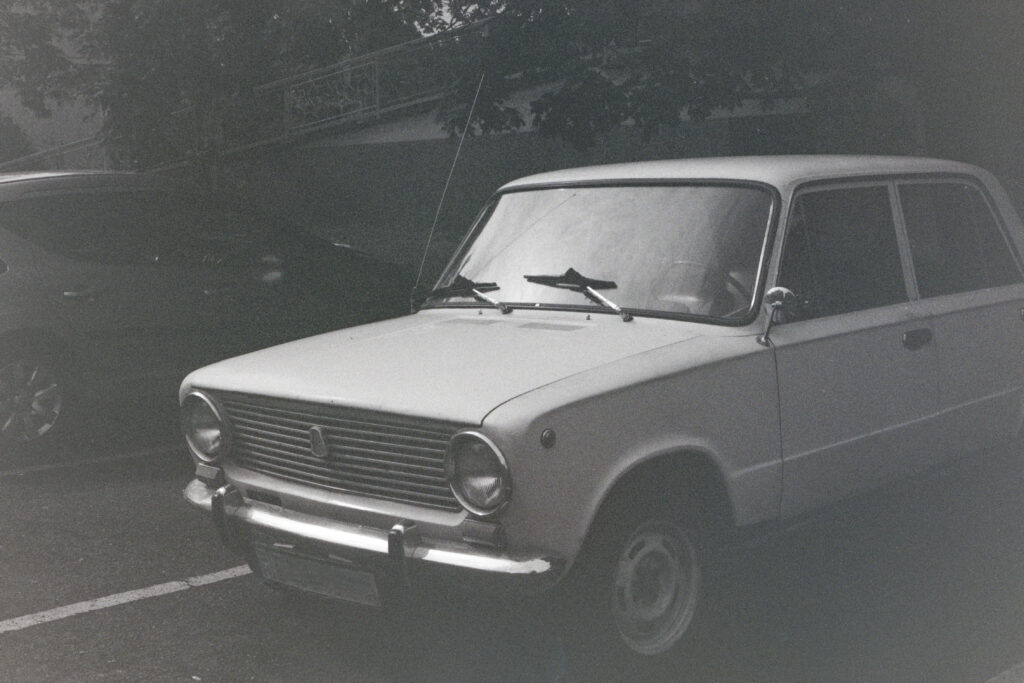
You can find me on Instagram.
Share this post:
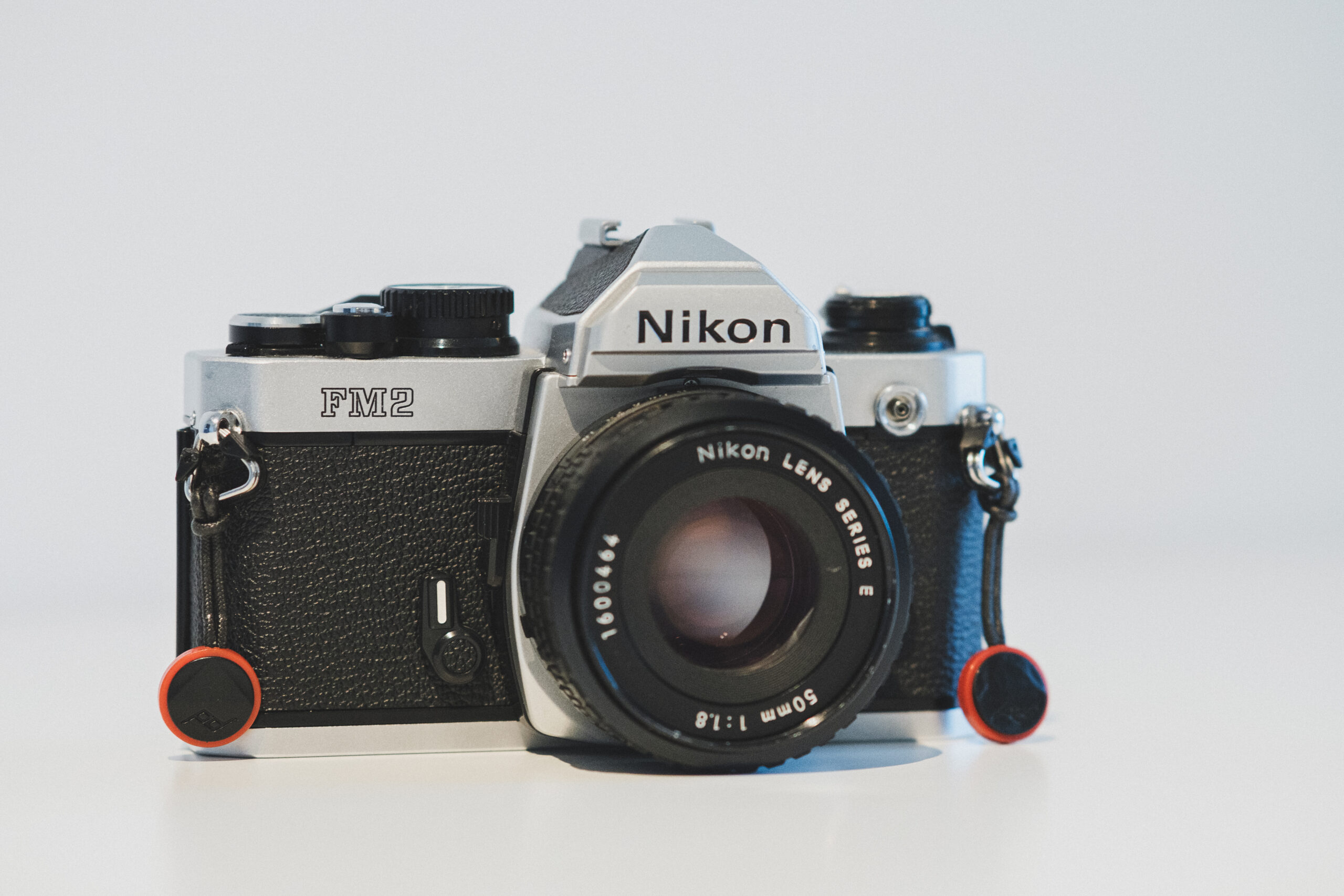
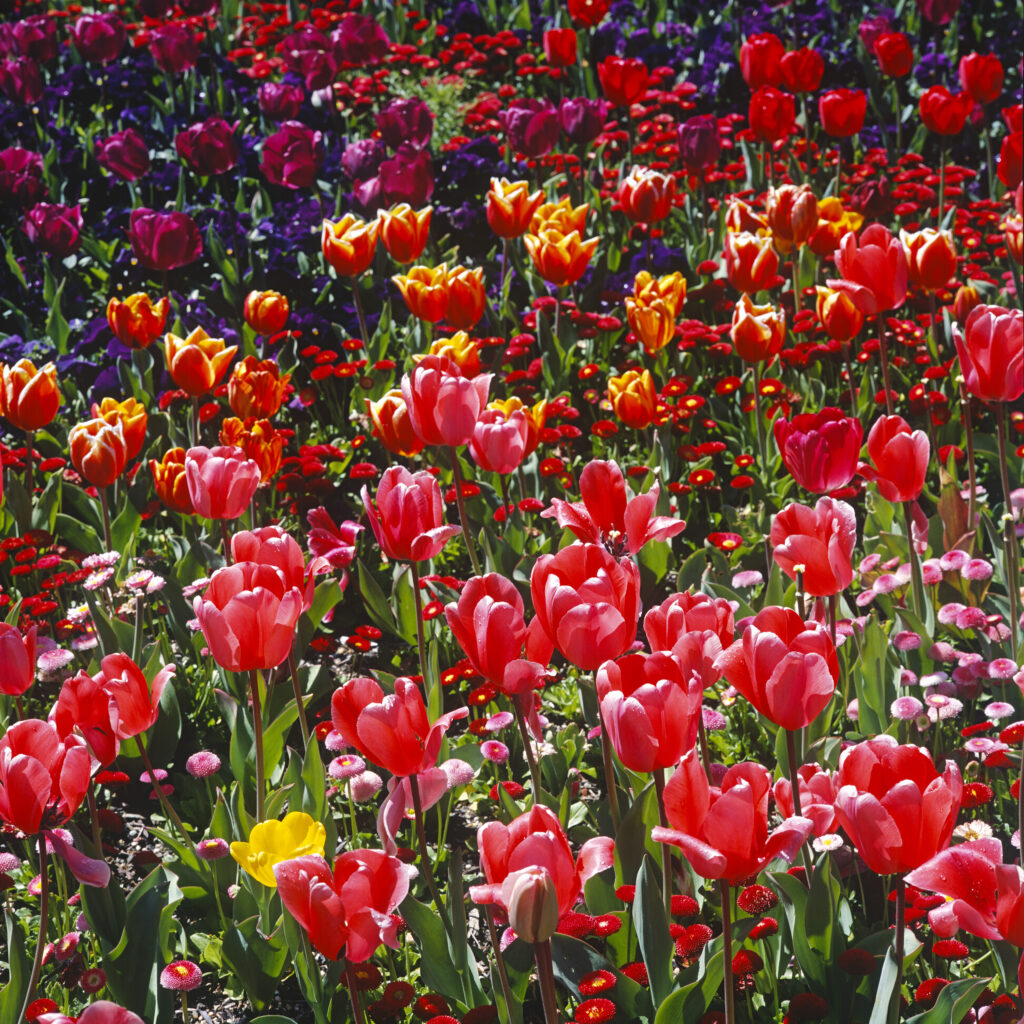
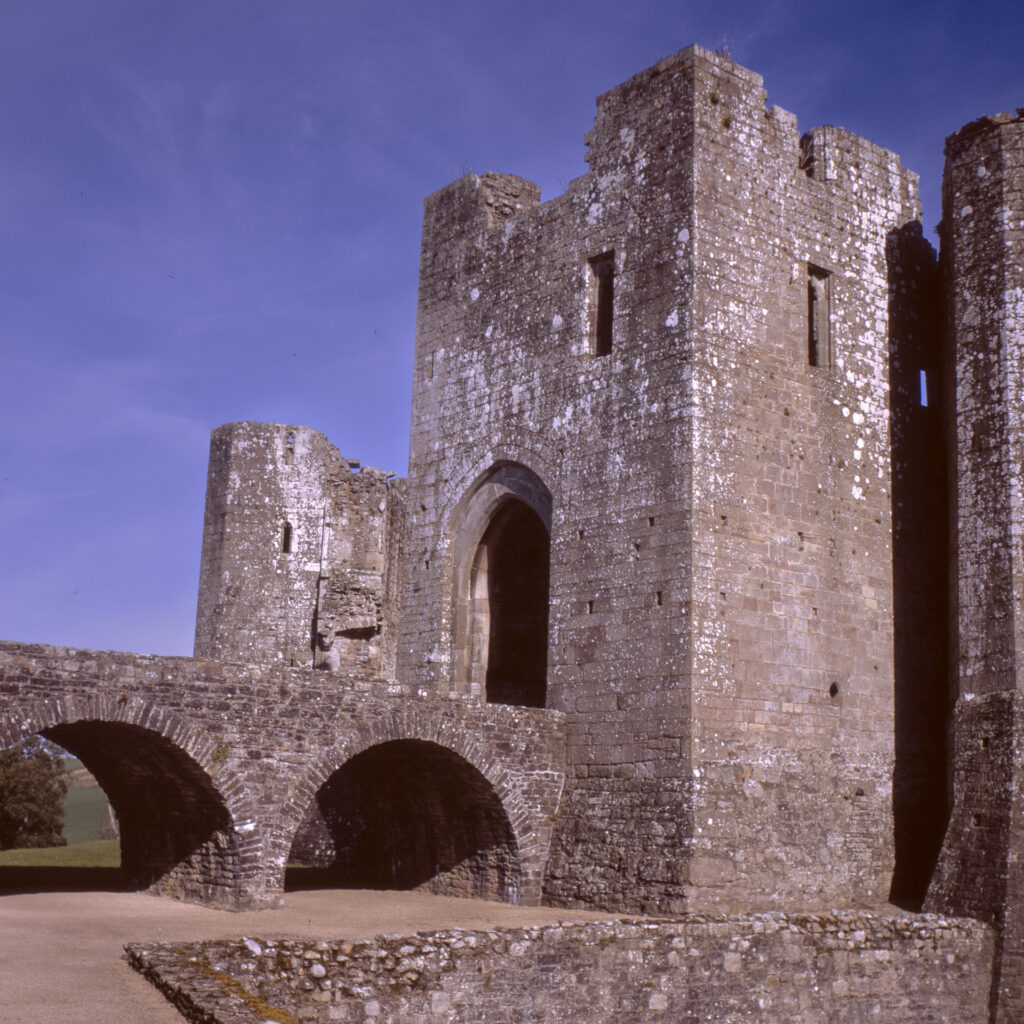
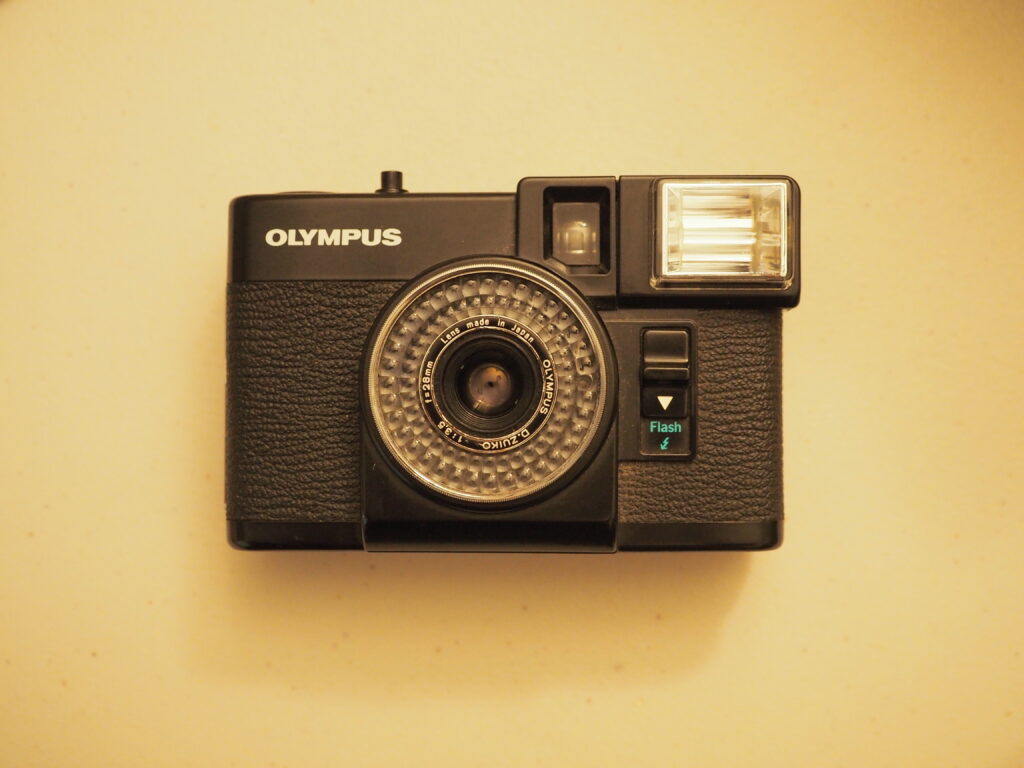





Comments
Massimiliano Grivetti on 5 frames with a Nikon FM2 & Kentmere 400 pushed to 3200
Comment posted: 10/06/2024
Comment posted: 10/06/2024
Jukka Reimola on 5 frames with a Nikon FM2 & Kentmere 400 pushed to 3200
Comment posted: 10/06/2024
Comment posted: 10/06/2024
Geoff Chaplin on 5 frames with a Nikon FM2 & Kentmere 400 pushed to 3200
Comment posted: 11/06/2024
Comment posted: 11/06/2024
Graham Orbell on 5 frames with a Nikon FM2 & Kentmere 400 pushed to 3200
Comment posted: 11/06/2024
If you don’t like the contrast you get exposing at box speed and processing normally, that’s because the film is designed for printing. A better way to increase the contrast is to edit your scans with a software editing program. If your scans are JPEG you could convert them to tiff for editing. The true beauty of black and white photography is apparent when prints are made. But certainly have fun souping up your images for viewing on a screen.
Comment posted: 11/06/2024
Julian Tanase on 5 frames with a Nikon FM2 & Kentmere 400 pushed to 3200
Comment posted: 11/06/2024
Experimenting is a wonderful tool to help one pushing the boundaries of knowledge, and you took that path, which says a lot. Loss of detail, grain, muddy shadows? So what? At least you now know. Kudos to you, keep up doing what you like and have fun in the process.
Comment posted: 11/06/2024
Marco Andrés on 5 frames with a Nikon FM2 & Kentmere 400 pushed to 3200
Comment posted: 11/06/2024
In the Lada image. you discovered the old film adage: for negatives meter for the shadows and “print” for the highlights. But not always.
Continue experimenting:
– push different film stocks [+1, +2 and +3]
– use stand development.
– meter different parts of the scene tio deternine exposure.
Comment posted: 11/06/2024
Comment posted: 11/06/2024
Comment posted: 11/06/2024
Jeffery Luhn on 5 frames with a Nikon FM2 & Kentmere 400 pushed to 3200
Comment posted: 14/06/2024
Thanks for your posting. Quite good for someone new to film! Especially processing the film yourself! Film takes a different mindset in all respects, especially ISO. ISO 400 used to be 'fast' film and pushing it to 800 was the max for me. I never cared much for the grainy look and loss of shadow detail. With a F/1.8 lens and a monopod you can get good sharpness and longer gray scale at just 1 stop push. Monopod can help you get decent steadiness at 1/30th sec. You will see this more when you enlarge images. Save the high ISO shots for digital...IMO. Keep shooting!!
Comment posted: 14/06/2024